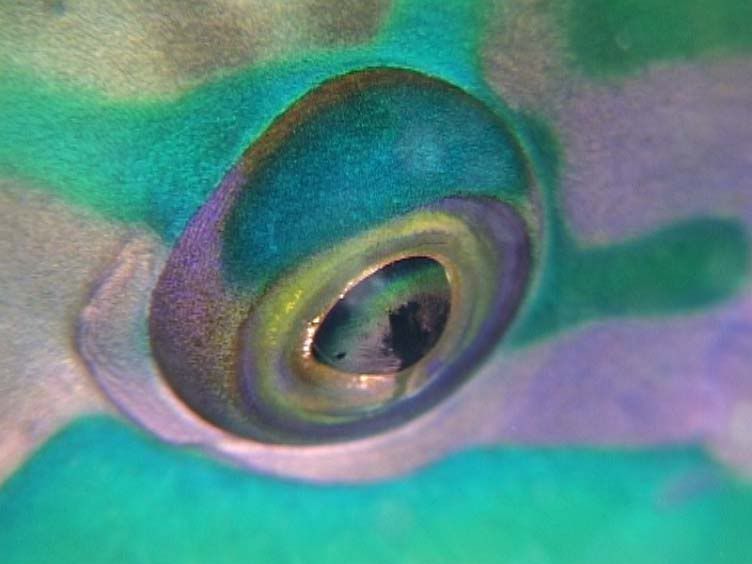Dear friends,
I'm starting a video about nudybranches since one of my friends is a biologist and he is working on a doctorate thesis about the widespread of nudybranches around East Mediterrenean.
I've got a TRV38 with 10x optical zoom and a 0.5x wide angle lens.
What I have examined so far is that;
1. when I use a wide angle + 10x zoom, the camcorder focuses better, and I can zoom in more. (This was experimented on land) This came tricky to me since I thougt the two are for two opposite purposes???
2. This was advised me by a very populer videographer. He said "zoom in the most, focus (either by autofocus or manually) then set your camcorder to manual focus. then get the image into cadrage, then move forwards and backwards to set the correct focusing, use a tripod and shoot the macro images"
What do you think about these two? Any other idea to shoot macro better? I don't like the macro lens since my housing is not a buyonet so I can't change it during the dive...
Best regards,
Yener
I'm starting a video about nudybranches since one of my friends is a biologist and he is working on a doctorate thesis about the widespread of nudybranches around East Mediterrenean.
I've got a TRV38 with 10x optical zoom and a 0.5x wide angle lens.
What I have examined so far is that;
1. when I use a wide angle + 10x zoom, the camcorder focuses better, and I can zoom in more. (This was experimented on land) This came tricky to me since I thougt the two are for two opposite purposes???
2. This was advised me by a very populer videographer. He said "zoom in the most, focus (either by autofocus or manually) then set your camcorder to manual focus. then get the image into cadrage, then move forwards and backwards to set the correct focusing, use a tripod and shoot the macro images"
What do you think about these two? Any other idea to shoot macro better? I don't like the macro lens since my housing is not a buyonet so I can't change it during the dive...
Best regards,
Yener





